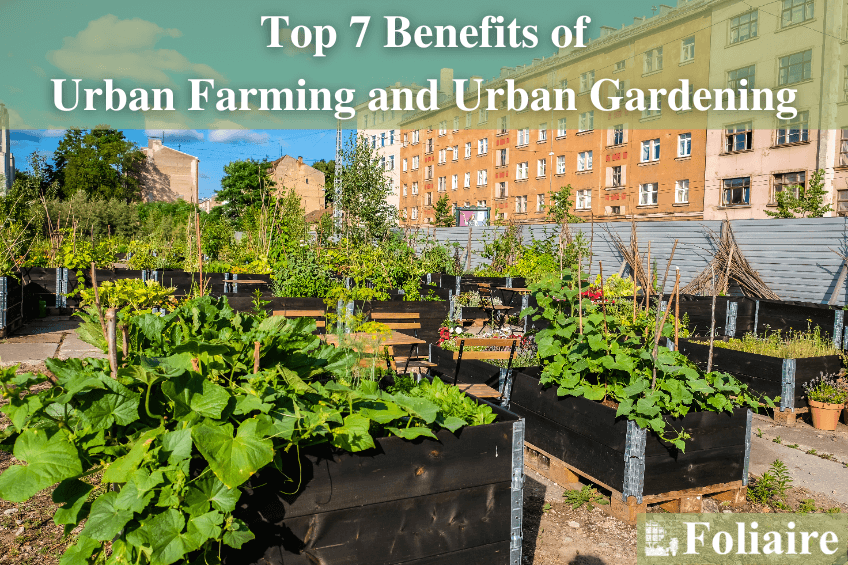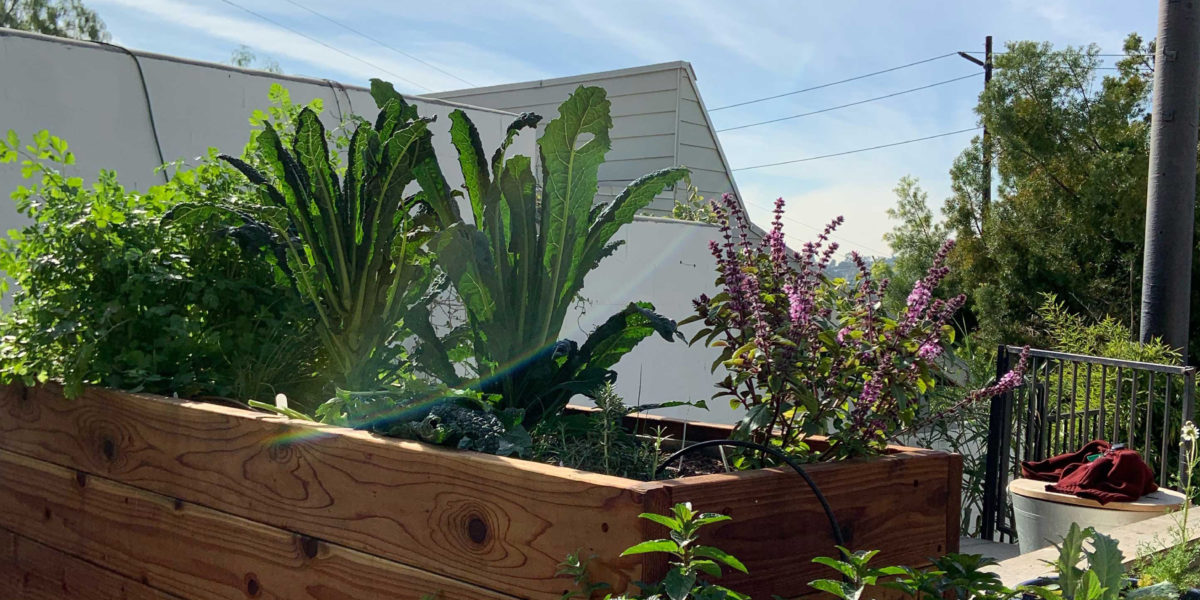The Ultimate Guide To City Blooming
The Ultimate Guide To City Blooming
Blog Article
Some Known Questions About City Blooming.
Table of ContentsThe Greatest Guide To City Blooming9 Easy Facts About City Blooming ShownThe Best Strategy To Use For City BloomingFacts About City Blooming RevealedThe Buzz on City Blooming
Interested in expanding food up for sale in the City of Chicago? Thinking of beginning a neighborhood garden? Adjustments to the Chicago Zoning Statute permit farming uses like area gardens and city farms in several components of the city. Below is a listing of often asked concerns regarding the policies and regulations that farmers ought to consider when intending a metropolitan farming job.
The zoning modification does not modify any kind of various other codes taking care of composting, structure permits, purchasing or leasing City had home, business licenses or ecological contamination. There are existing codes that regulate these issues and they continue to be in complete impact and may be suitable to your task. Area yards are normally owned or taken care of by public entities, public companies or community-based companies and kept by volunteers.
Urban ranches expand food that is intended to be sold, either on a nonprofit or for-profit basis. As a result of their commercial function, urban ranches call for a company certificate. Yes. A neighborhood yard is permitted to market surplus create that was expanded on website if the sales are accessory or subordinate to the garden's primary function explained above.
Excitement About City Blooming
Composting is enabled however only for plant product that is created and made use of on website. The quantity of garden compost material can not exceed 25 cubic yards at any type of given time according to the requirements in 7-28-715 of the City's Municipal Code. Yes. Because the dirt at a lot of new yard sites requires modifying, garden compost, dirt, wood chips, or other products can be obtained to construct or boost the growing space - landscaping.

If a structure authorization is required after that the hoophouse will certainly be taken into consideration an accessory building. You can discover more concerning the building authorization demands by calling the Department of Structures. The 25,000-square-foot size limit is planned to avoid a single community yard from controling an offered block or diminishing the block's existing domestic or industrial character.
The restriction does not use to gardens located in Public Open Room (POS) areas. Can there be even more than one neighborhood garden that is 25,000 square feet on a solitary block? Fencing is not required, nonetheless, gardens that have large auto parking locations may be needed to mount secure fencing or other landscape design features.
Getting My City Blooming To Work
B1 & B2 areas need that all commercial use activities be conducted inside. R areas limit industrial activity. The guidelines mirror the function and intent of the Zoning Code. Is secure fencing needed for city ranches? Yes. Fencings may be needed, in addition to landscaping and testing, for sure parking lot and exterior job or storage space locations relying on area and the particular activity occurring.
Yes. Urban ranches need building licenses and zoning authorizations before construction. Various other kinds of city testimonial might be called for depending upon specific frameworks, activities, size, landscaping, licensing, public heath and stormwater administration problems. Much of these demands are determined in the task layout or allowing process, however, the candidate might be responsible to independently determine particular licenses or allows that may be called for.
The Department of Service Affairs and Consumer Protection can assist establish the certain kind of service certificate that's called for. Off street car parking is required for a lot of business tasks in Chicago. The called for number of vehicle parking spaces is based on the number of staff members functioning on site and not the square footage of the growing room.
The Definitive Guide to City Blooming

A city farm can offer compost product created on site, however, the operation must conform with the regulations in 7-28-715 of the Chicago Municipal Code. Aquaponic systems are allowed indoors on city ranches in lots of zoning areas.
As much as five hives or nests of honey bees may be maintained as an accessory usage. Beekeepers need to register with the Illinois Department of Farming. For more details concerning the suggested zoning change you may contact the Division of Real Estate and Economic Growth, Bureau of Planning and Zoning at 312.744.8563.
Farming in cities and city locations An urban ranch in Chicago. Urban farming refers to numerous practices of growing. https://cityblooming.weebly.com/, handling, and dispersing food in urban locations. The term additionally relates to the location activities of animal husbandry, tank farming, beekeeping, and gardening in a city context. Urban agriculture is differentiated from peri-urban agriculture, which occurs in rural areas beside suburban areas.
About City Blooming
It can entail an activity of organic farmers, "foodies" and "locavores", that seek to create social networks established on a common values of nature and neighborhood holism. These networks can establish using official institutional assistance, ending up being incorporated into neighborhood community planning as a "transition community" motion for lasting metropolitan growth.
In either situation, the more straight accessibility to fresh veggie, fruit, and meat items that might be understood via city agriculture click here to read can enhance food safety and security and food safety and security while reducing food miles, causing reduced greenhouse gas exhausts, thus adding to climate change reduction. A few of the first evidence of urban farming originates from Mesopotamia.
Report this page